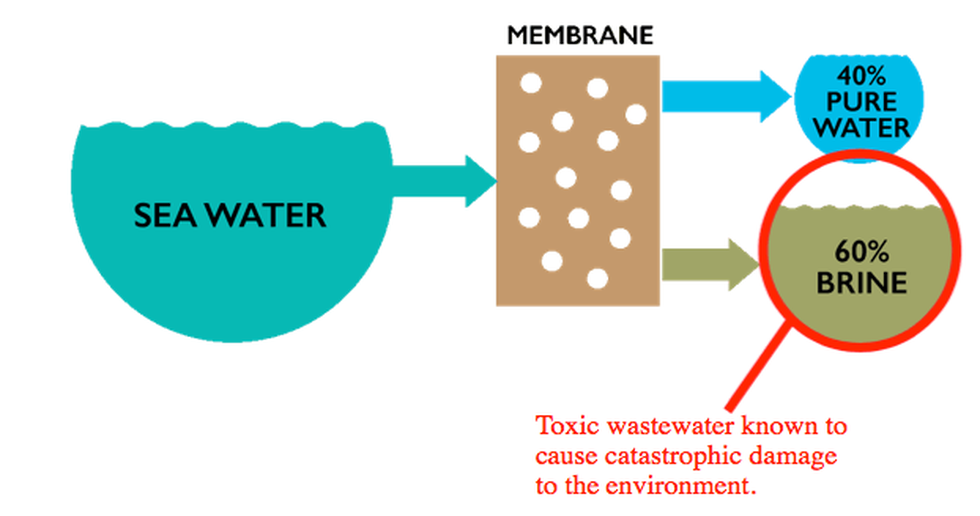Key Findings of the report:
- Desalination plants capacity: There are almost 16,000 desalination plants worldwide with capacity concentrated in the Middle East and North Africa.
- Global brine production:
- Brine refers to all concentrate discharged from desalination plants.
- For every litre of freshwater output, however, desalination plants produce on average 1.5 litres of brine (the chemical leftover).
- Globally, plants now discharge 142 million cubic metres of hypersaline brine every day (a 50% increase on previous assessments).
- Major Brine producers: 55% of global brine is produced in just four countries: Saudi Arabia (22%), UAE (20.2%), Kuwait (6.6%), and Qatar (5.8%).
- Impact:
- Desalination plants near the ocean (almost 80% of brine is produced within 10 km of a coastline) often discharge brine directly back into the marine environment.
- Brine poses major risks to ocean life and marine ecosystems by greatly raising the salinity of the receiving seawater, and by polluting the oceans with toxic chemicals used in the desalination process (copper and chlorine are of major concern).
- Way ahead: The paper also highlights economic opportunities to use brine in aquaculture, to irrigate salt tolerant species, to generate electricity, and by recovering the salt and metals contained in brine — including magnesium, calcium, potassium etc.
